Don't miss the "golden opportunity"
Speaking to reporters from the Industry and Trade Newspaper, Prof. Dr. Vo Tong Xuan said that climate change has had a strong impact globally, threatening food security. In India, the country with the largest rice export volume in the world, at the end of July 2023, it banned the export of all types of regular rice. After India, some other countries such as Russia and the UAE also issued a ban on rice exports to ensure domestic food security.
The above moves by the countries have pushed global rice prices up rapidly because demand is greater than supply and many countries are stepping up rice purchases to meet domestic demand.
According to the reporter's records, in the trading session on August 1, 2023, Vietnam's export rice price increased sharply by 20 USD/ton compared to the session on July 31, to 588 USD/ton for 5% broken rice and 568 USD/ton for 25% broken rice. Not only Vietnamese rice, but also 5% broken rice from Thailand was pushed up to 623 USD/ton for 5% broken rice.
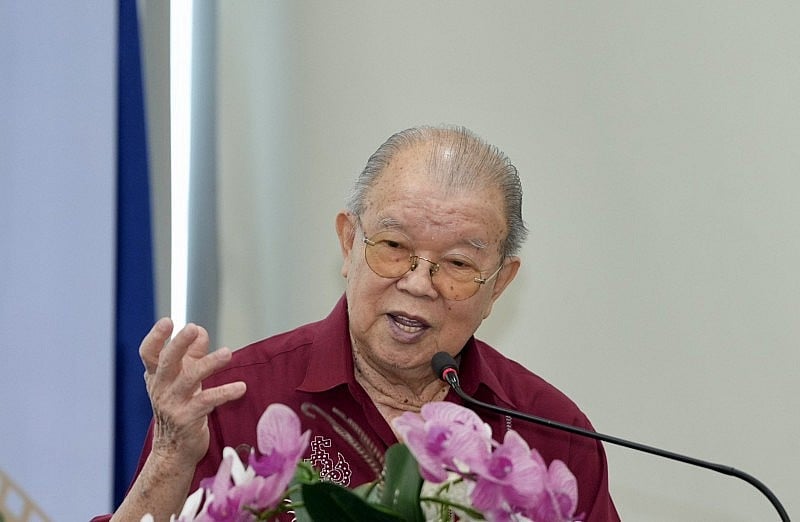 |
| Prof. Dr. Vo Tong Xuan: We must take advantage of the opportunity to export rice at high prices, helping farmers have a chance to escape poverty sustainably. |
With this situation, Prof. Dr. Vo Tong Xuan affirmed: The price of rice in the world will continue to increase. This is a golden opportunity for us and Vietnam must take advantage to export more rice at higher prices.
In fact, at the regular press conference in July 2023 held on the afternoon of August 1, the Ministry of Agriculture and Rural Development also said that this is an opportunity for us, if we do not seize the opportunity, we will miss it. And the Ministry of Agriculture and Rural Development has advised the Prime Minister to issue a Directive to increase rice exports to take advantage of opportunities in the current context of world rice production.
Take advantage of the opportunity for farmers to escape poverty sustainably
According to Professor Vo Tong Xuan, we can be completely assured about the supply of rice for export as well as ensuring food security for the domestic market.
Pointing out the reason, he analyzed: The way we plan rice growing areas is very safe. Specifically, for rice serving the domestic market, we take the area along the Cambodian border (here the northern regions of An Giang, Kien Giang, Dong Thap) with about more than 1.5 million hectares. Water in this area is always available and never affected by salt water. Thus, we will have a surplus of rice in the area between the Cambodian border and the coast of the Mekong Delta and these areas are currently growing 3 rice crops per year. "In terms of agricultural production, we are arranging reasonably to anticipate climate change and we are also choosing short-term rice varieties that can be grown 3 crops per year. Meanwhile, India, Thailand or the Philippines will not be able to do as Vietnam" - Professor, Dr. Vo Tong Xuan emphasized.
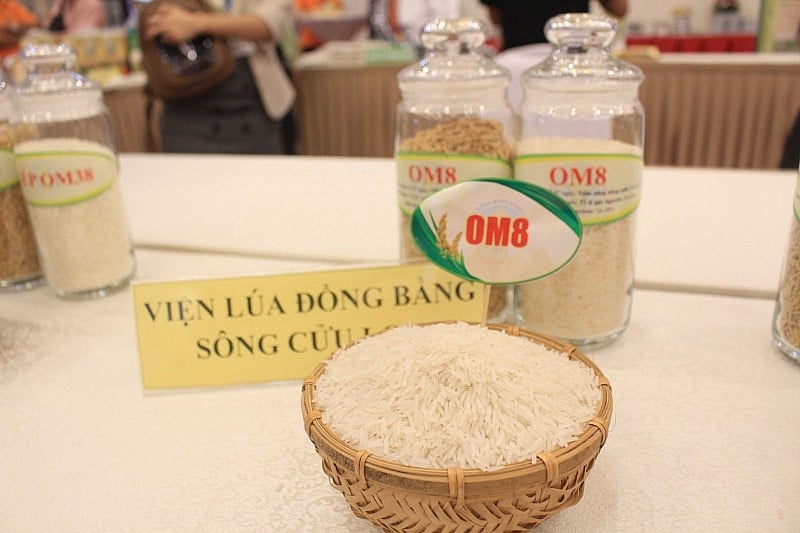 |
| Vietnamese rice is currently at a good price for export. |
Not only taking advantage of the opportunity at this time, he also stated that climate change will continue. Therefore, Vietnam needs to have a long-term strategy to supply rice to other countries at higher prices, establishing a new rice price level. This will help farmers “suffer less” and businesses will also have the opportunity to negotiate long-term contracts with importers at suitable prices.
“When there is a long-term contract, businesses will be sure of their output and discuss with the locality to develop raw material areas, and farmers will also see that they do not have to depend on traders but will certainly have buyers at good prices,” said Professor Vo Tong Xuan.
However, to do so, he proposed: The State and localities need to create favorable policies to help businesses access capital. This not only helps businesses purchase rice from farmers, but also creates opportunities to improve factories to reduce post-harvest and processing losses - only then can businesses' profits increase. On the people's side, they must join together in cooperatives to provide a stable source of rice for businesses.
According to the report of the Ministry of Agriculture and Rural Development, localities are currently focusing on speeding up the progress of planting Winter-Spring and Autumn-Winter rice, caring for and harvesting Summer-Autumn rice, and all crops are growing well. Accumulated to mid-July, the whole country planted 6,175.3 thousand hectares of rice, down 0.8% over the same period last year; harvested 3,677.4 thousand hectares, down 0.8% with an average yield of 65.7 quintals/ha, up 0.8 quintals/ha, harvested output of over 24.1 million tons, up 0.4%. With this year's rice crop being relatively favorable, it is expected that Vietnam's rice export this year will reach over 7.1 million tons and ensure food security. |
Source link


![[Photo] President Luong Cuong presents the decision to appoint Deputy Head of the Office of the President](https://vphoto.vietnam.vn/thumb/1200x675/vietnam/resource/IMAGE/2025/5/8/501f8ee192f3476ab9f7579c57b423ad)

![[Photo] General Secretary concludes visit to Azerbaijan, departs for visit to Russian Federation](https://vphoto.vietnam.vn/thumb/1200x675/vietnam/resource/IMAGE/2025/5/8/7a135ad280314b66917ad278ce0e26fa)
![[Photo] National Assembly Chairman Tran Thanh Man chairs the meeting of the Subcommittee on Documents of the First National Assembly Party Congress](https://vphoto.vietnam.vn/thumb/1200x675/vietnam/resource/IMAGE/2025/5/8/72b19a73d94a4affab411fd8c87f4f8d)
![[Photo] Prime Minister Pham Minh Chinh meets with the Policy Advisory Council on Private Economic Development](https://vphoto.vietnam.vn/thumb/1200x675/vietnam/resource/IMAGE/2025/5/8/387da60b85cc489ab2aed8442fc3b14a)
![[Photo] General Secretary To Lam begins official visit to Russia and attends the 80th Anniversary of Victory over Fascism](https://vphoto.vietnam.vn/thumb/1200x675/vietnam/resource/IMAGE/2025/5/8/5d2566d7f67d4a1e9b88bc677831ec9d)
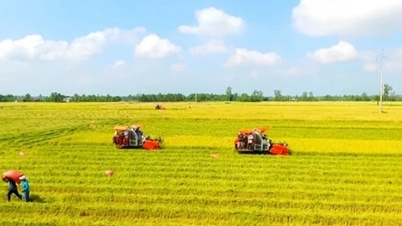

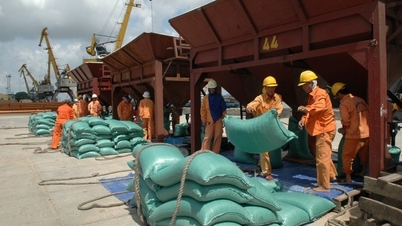
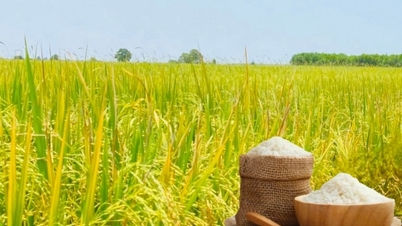
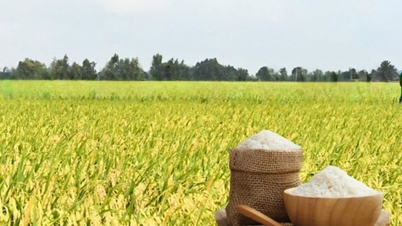

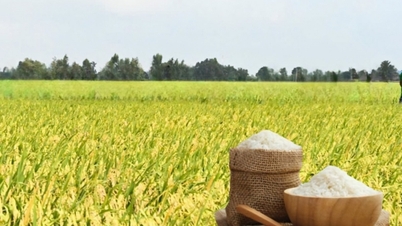

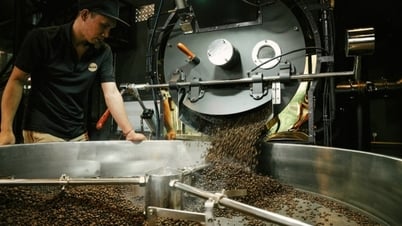
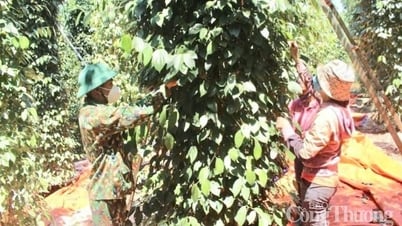
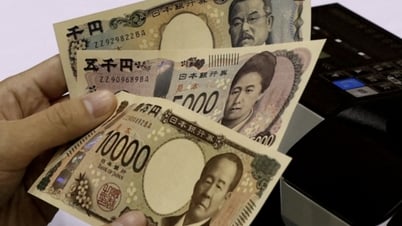
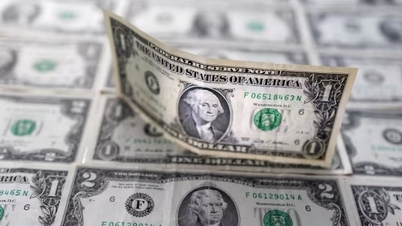
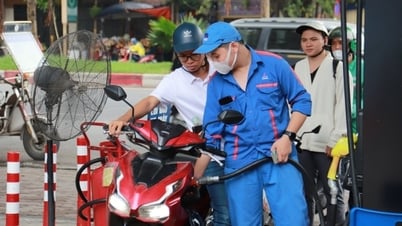




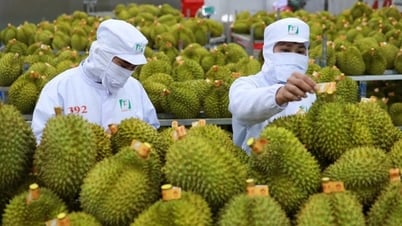
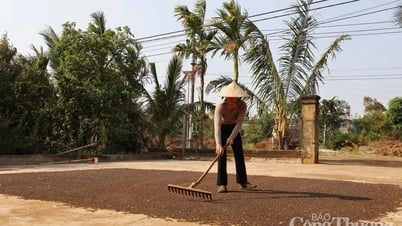
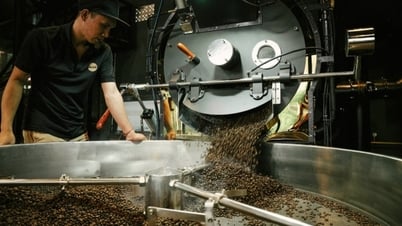
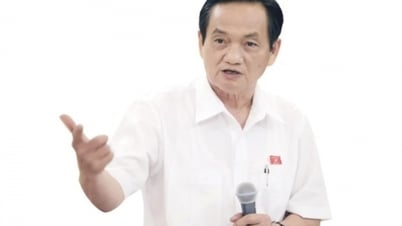










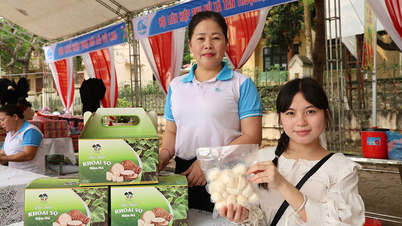





















![[Photo] Prime Minister Pham Minh Chinh talks on the phone with Singaporean Prime Minister Lawrence Wong](https://vphoto.vietnam.vn/thumb/402x226/vietnam/resource/IMAGE/2025/5/8/e2eab082d9bc4fc4a360b28fa0ab94de)












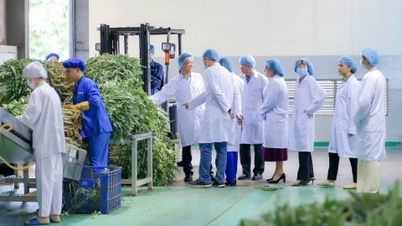

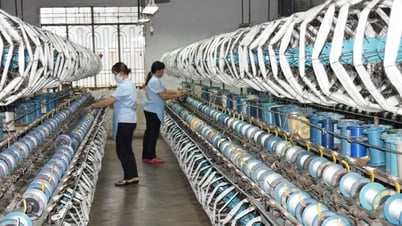


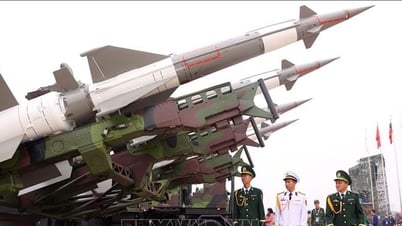

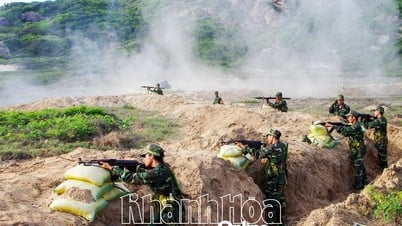
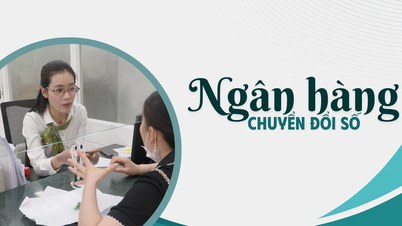













Comment (0)